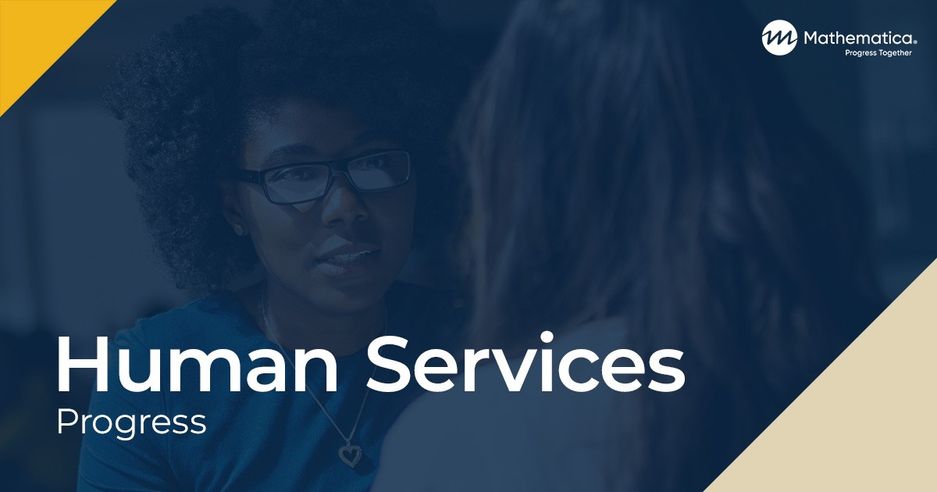Participation Patterns in Three Healthy Marriage and Relationship Education Programs for Adults with Low Incomes: Lessons for the Field
Download
Associated Project
Strengthening Relationship Education and Marriage Services (STREAMS) Evaluation
Prepared for:
U.S. Department of Health and Human Services, Administration for Children and Families, Office of Planning, Research, and Evaluation
Clients

Key Findings
- For each program, cluster analysis identified three groups of clients defined by the extent of their participation in the program. We labeled these groups full engagers, moderate engagers, and low engagers.
- We examined clients’ extent of participation in MotherWise’s three key program elements: (1) the core workshop, (2) case management, and (3) the optional couples’ workshop. We found clients who were older and those in steady romantic relationships with their baby’s father were more engaged in the program than others. Clients who participated more fully tended to have enrolled postpartum, whereas those with low participation were more likely to have enrolled during pregnancy.
- We examined clients’ extent of participation in Career STREAMS’s three key program elements: (1) the two-week workshop, (2) one-on-one case management and job development, and (3) weekly one-hour booster sessions offered after the two-week workshop. We found full engagers were more likely than other clients to have worked recently, and they had fewer barriers to employment. Low engagers received the fewest program services and also tended to be clients who were most in need of employment support.
- For Empowering Families clients, we examined their extent of participation in four program components that partners could engage in together or separately: (1) the core workshop, (2) case management, (3) employment coaching, and (4) financial counseling. Spanish-speaking couples were more likely to fully engage with program services than were English speakers. Couples with more stable relationship and economic circumstances were also more likely to participate fully in Empowering Families services. Couples who were married, had children with no other partners, and had higher earnings had higher participation rates.
This report describes typical patterns of participation in three programs that were part of the STREAMS evaluation. It identifies distinct patterns of participation in each of these programs and provides profiles of the clients who participate in these distinct ways. Earlier evaluation reports provided detailed information on the programs’ design and implementation during the first year of the impact study and described the programs’ impacts after one year.
This report used data analytic methods to analyze patterns of participation in three HMRE programs—MotherWise, Career STREAMS, and Empowering Families—that were part of the STREAMS evaluation. Patterns and profiles varied across programs, but two cross-cutting findings emerged: (1) Clients with the most stable relationship and employment histories engaged most fully with HMRE program services, and (2) Spanish-speaking clients may be particularly receptive to HMRE services.
Careful examination of program participation patterns using data analytic methods can provide insights for HMRE program providers as they consider ways to adapt recruitment strategies, programming, and service delivery to promote clients’ attendance and completion. Providers can use this information on how clients engage in program services in different ways and how this varies by their characteristics to inform their work with current and future clients—helping them identify which clients may need extra attention and support to fully engage in program services.
Efficiency Meets Impact.
That's Progress Together.
To solve their most pressing challenges, organizations turn to Mathematica for deeply integrated expertise. We bring together subject matter and policy experts, data scientists, methodologists, and technologists who work across topics and sectors to help our partners design, improve, and scale evidence-based solutions.
Work With Us
